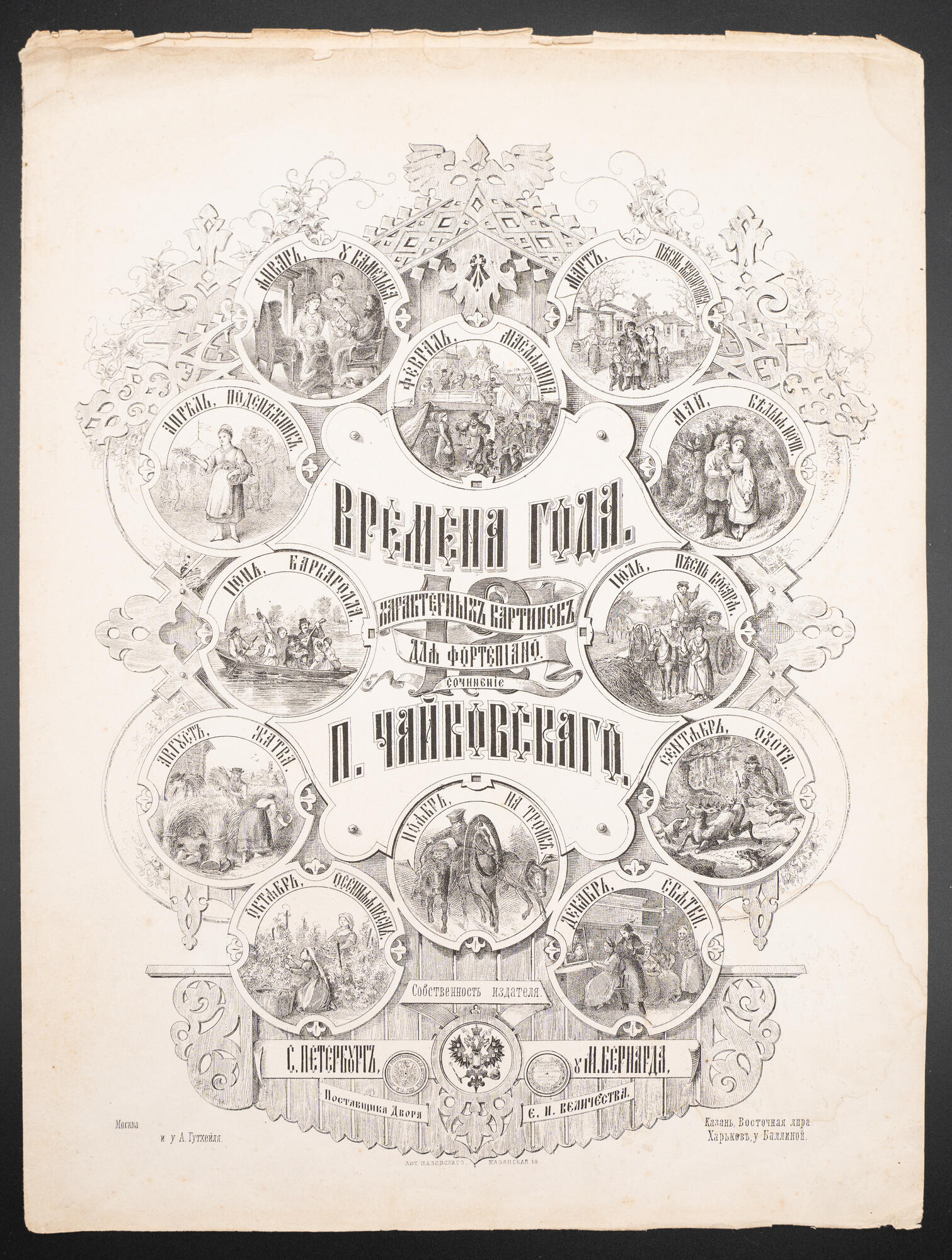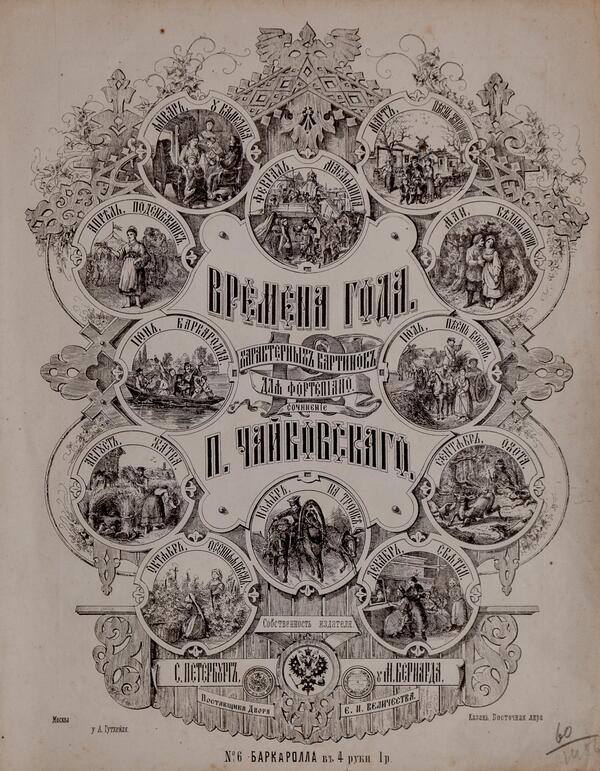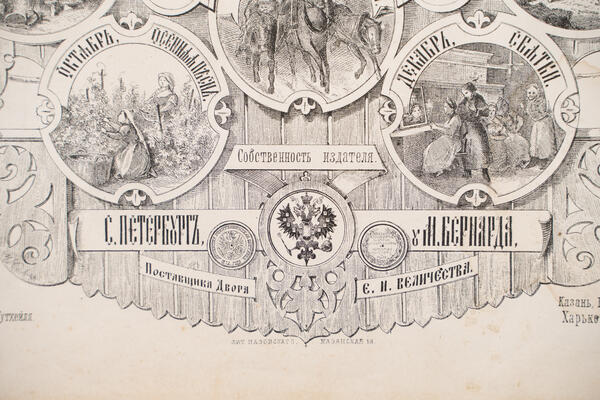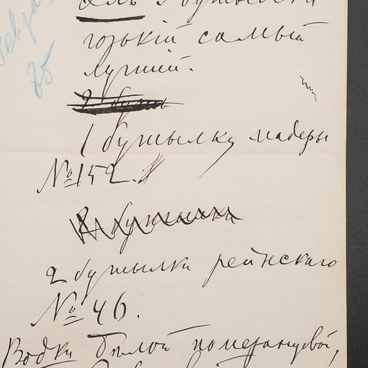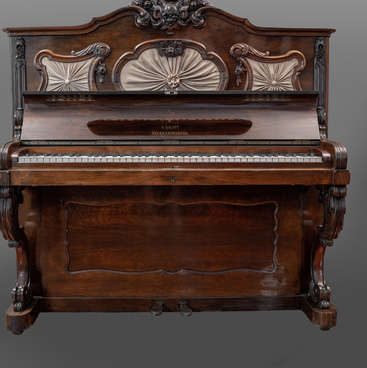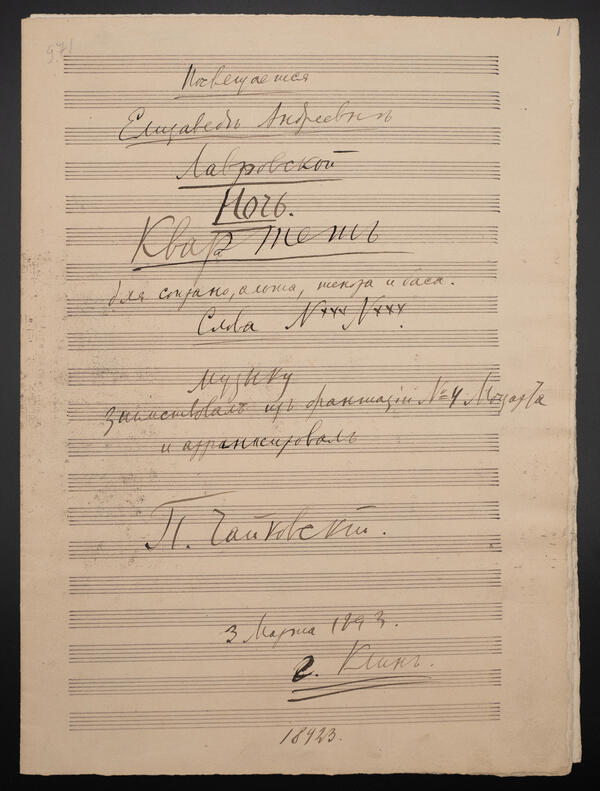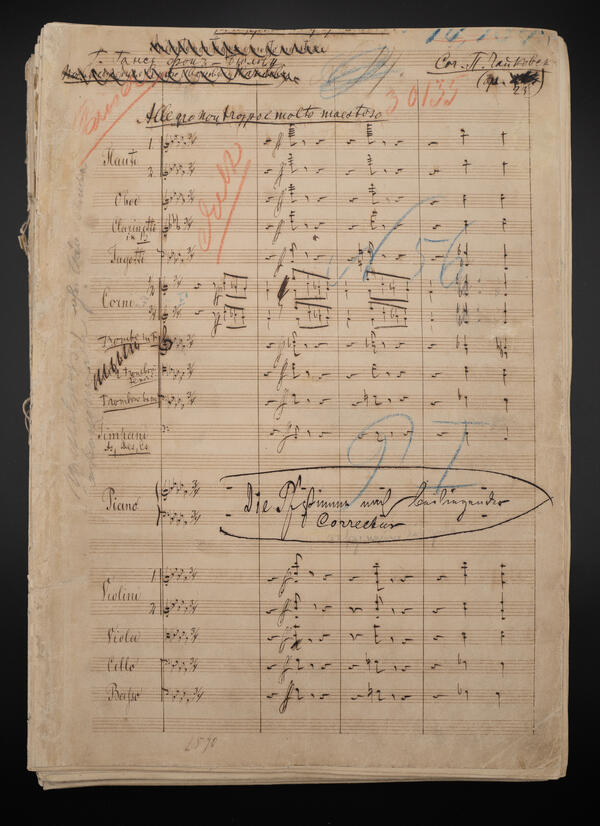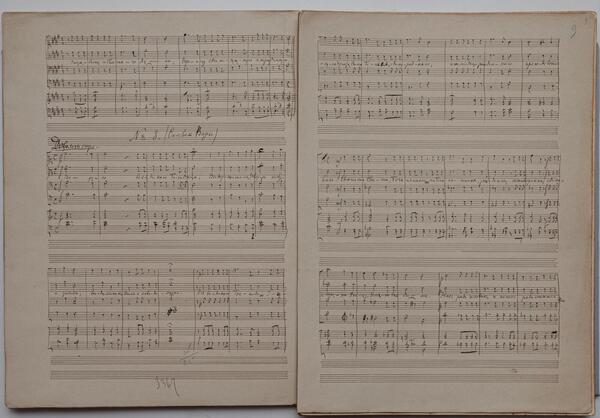The publisher of the magazine “Nouvellist” Nikolay Matveyevich Bernard commissioned Pyotr Tchaikovsky to write “The Seasons”. The titles of the pieces were also suggested to the composer by the editor. Tchaikovsky wrote to Bernard,
“The Seasons”. June. Barcarolle. Sheet music
I will send you the 1st piece soon, and maybe two or three at once. If nothing hinders, I will work
fast: I am very disposed now to write piano pieces. Yours Tchaikovsky. I shall
save all your titles.
In the December 1875 issue of the “Nouvellist”, a notice was placed for subscribers about the publication the following year of a new series of Tchaikovsky’s piano pieces.
When “The Seasons” were published in the “Nouvellist”, they were accompanied by poetic epigraphs. This was Bernard’s idea, who was a great connoisseur of Russian literature and poetry and authored many literary works. The magazine was published monthly, on the first day. Tchaikovsky’s pieces opened every issue, with the exception of the September one. That issue was the first to feature a piece by the composer Vojtěch Hlaváč, a regular writer for the “Nouvellist”, as a response to an event that was relevant at that time — the war in the Balkans, in which Russia took part.
The magazine No. 9 posted an announcement that subscribers would receive a separate edition of all 12 pieces as a prize at the end of the year. So, at the end of 1876, Bernard published the entire Tchaikovsky series in a separate edition with the title “The Seasons”.
Nothing is known about the first public performance of the entire series or individual pieces. There are also no press reviews of the publication. However, very soon “The Seasons” became popular, and subsequently were considered one of the most famous piano works of all Russian music.
Piece No. 6 “June. Barcarolle” features an epigraph by Aleksey Pleshcheyev:Let us go to the shore;
there the waves will kiss our feet.
With mysterious sadness
the stars
will shine down on us.
Barcarolles in Italian folk music were the songs of boatmen, common in Venice. Tchaikovsky’s piece reflects the musical landscape in Saint Petersburg that he loved. The melodious tune seems to sway on the waves of accompaniment, reminiscent of guitar ripples.
